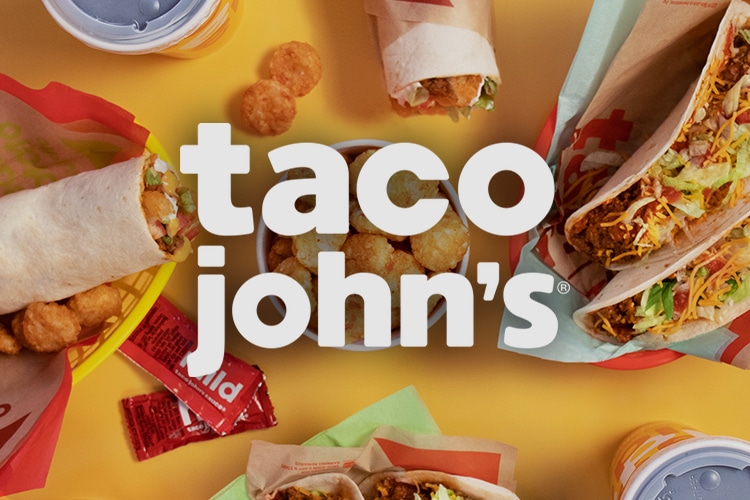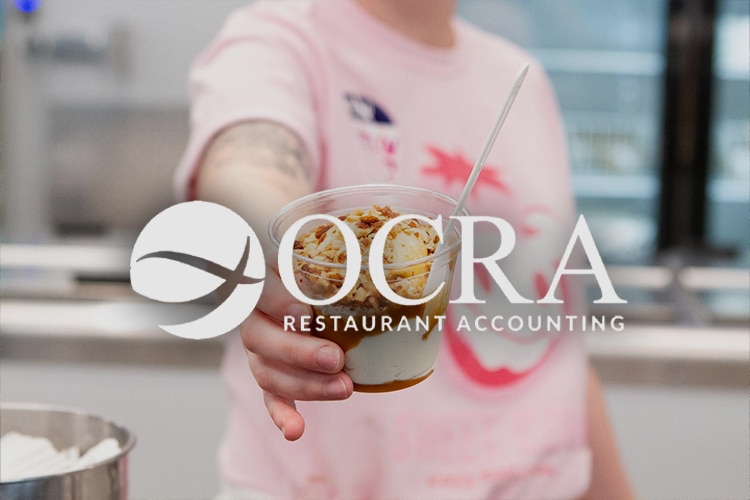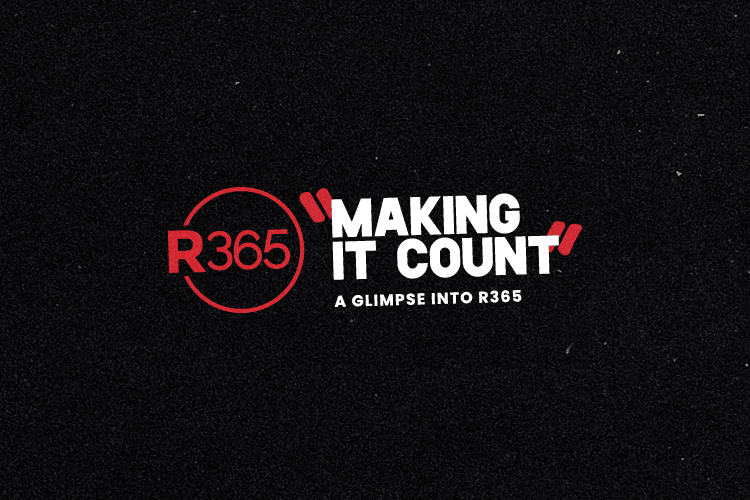Tracking your profit margin, in the current moment and over time, is critical to managing your restaurant’s financial health. All business owners and managers are familiar with the concept of profit margin but understanding exactly what lies behind the calculation can help you figure out how to optimize it. If you want to improve your restaurant profit margin, it depends on many factors.
In the end, understanding how to calculate gross profit and net profit can help you understand the health of your restaurant business finances and where you can make helpful adjustments that add to your bottom line.
Why restaurant profit margins are low
The restaurant business is not typically known as a high-margin industry. Generally, there are three areas of expenses that take up most of a restaurant’s budget:
- Cost of Goods Sold (CoGS, otherwise known as food costs)
- Labor (from hourly wages to payroll taxes)
- Overhead (like rent in high-foot-traffic areas, or expensive utility bills)
In general, once these expenses are accounted for, many restaurants are left with about 3-6% net profit. This can range between different segments of the industry, as explored below.
Granted, these numbers may be shifting in the current economic climate, at least for a certain period. According to the National Restaurant Association’s State of the Industry 2021 report, “Most operators say their restaurant’s profit margin is lower than it was prior to the COVID-19 outbreak.” However, industry average profit margins generally fit within this range.
Calculating gross profit margin
One method for examining profitability is starting with the gross profit margin.
Your gross profit margin represents what is left over after you sell a dish and subtract the food cost of making that dish. It can be calculated with the following formula:
Gross Profit = Total Sales – CoGS
Your gross profit margin is expressed as a percentage, which you can use to understand how much of every dollar you make goes to your profit margin:
Gross Profit Margin = (Gross Profit ÷ Total Sales) x 100
While calculating your gross profit margin can help you understand the efficiencies of your food cost spending, it doesn’t represent all the information that you need to know. Gross profit doesn’t account for other critical operating expenses, like your labor cost, as well as other elements of your overhead like rent and insurance.
To get the full picture, consider focusing on your net profit margin.
Calculating net profit margin
Your net profit margin represents a different way of looking at your restaurant profitability. It is based on your profitability after all your operating expenses, like your food cost, but also additional costs like payroll, rent, and other operating expenses. You can calculate your net profit with the following formula:
Net Profit = Total Sales – Total Expenses
To understand net profit in context, you can calculate it as a percentage of sales.
Net Profit Margin = (Net Profit ÷ Total Sales) x 100
This number represents all the costs of running your restaurant. To get an up-to-date net profit number, you need to pull sales and accounting data from your point of sale (POS) system and your restaurant accounting software. With this data in hand, you can accurately calculate your profitability.
Average gross and net profit margins by type
The average profit margin for a restaurant varies across different segments of the industry. The average profit margin for a full-service restaurant versus a quick service restaurant can look quite different, and catering, food trucks, and ghost kitchens all offer contrasting profit margins. Even within the same restaurant group, differences in geographic location, or local economies, may give similar concepts varying profit margins.
No two restaurants are identical, so the formula for a healthy restaurant profit margin doesn’t look the same between different businesses. When it comes to understanding your own average gross and net profit margins, it can be difficult to compare across the industry.
Instead, you may want to consider comparing your own historical profit margin over time. Increasing your profit margin is about understanding what costs you can streamline without negatively impacting the guest experience. You can determine what operational and accounting improvements work best for your restaurant group’s bottom line.
Keys to improving profit margin
Looking at the equations above, there are two key areas for understanding your restaurant profit margin: your revenue (sales levels), and your expenses (costs).
To increase your profit margin, you should examine both areas. When you are able to improve processes, you are improving your long-term profitability.
Of course, increasing your total revenue can help add to your bottom line and provide your restaurant with more profit. Improving top-line sales can help add to your balance sheet.
However, if you increase your revenue, but your expenses also increase, your profitability won’t improve (and may even decrease). It’s also critical to examine decreasing expenses at the same time. As you decrease your total expenses through efficiencies, everything you can save is added back to your bottom line.
Optimize labor spend
As one of the largest costs for your restaurant, optimizing your labor spend should be a priority to improve restaurant profit margins. Labor costs cover everything from hourly wages to salaries, as well as other costs like payroll taxes, overtime, and any employee benefits.
Many modern restaurant management software can help you control your labor spend and make the most out of your labor hours.
The fundamental goal of your labor budget is to match your labor hours to your sales. You want to write a schedule that uses more labor hours when sales are higher and is streamlined during the non-busy periods.
To match labor expenses to sales levels, restaurant owners and operators can leverage sales forecasting. Forecasting projects sales levels based on historical sales data in comparable time periods and other factors. Using this data, managers can write schedules that are better able to track sales per labor hour percentage goals.
In addition, other tech tools can help managers optimize labor spend. From overtime alert management to in-the-moment updates on labor spend, managers have the tools they need to meet labor goals and react to labor costs in real time.
Reduce CoGS
Your cost of goods sold (CoGS) is the other piece of your prime cost that lies under your control. If you can cut down what your restaurant spends on food, you can directly add those savings back to your bottom line.
Accurate restaurant inventory management can allow you to track what you are spending on ingredients, as well as inform store-level orders so that managers can avoid underordering or overordering.
An integrated point of sale (POS) system, accounting software, and inventory management system allow you to understand your food costs and examine efficiencies. For instance, with a tool like actual versus theoretical food cost reporting, you can understand what you should have spent on CoGS, versus what you spent. Understanding where that variance lies can allow you to examine the root causes of food waste for different ingredients.
Increase revenue
Finally, after examining your major costs (labor and food), you should also examine how to increase revenue.
Start by exploring your menu. A tool like menu engineering can help you rank menu items by popularity and profitability. Once you understand how much profit you make per plate, and which items are customer favorites, you can make data-driven adjustments to your menu. The better the profit margin on your best-selling dishes, the more you can improve your overall restaurant profit margin.
In addition, diversifying your mix of revenue streams may help increase revenue. New channels like off-premises delivery or takeout offer new opportunities to grow sales, impacting your profit levels. However, when exploring other revenue options, make sure your restaurant management system can track your finances by channel.
Other marketing strategies may help increase revenue as well. For example, a loyalty program can help reward long-time customers or attract new ones, thus increasing sales volumes. Other tactics, like events or special promotions, can be used to supplement regular sales levels.
Conclusion
If you are looking to increase your restaurant profit margin, there are many ways to approach it. Ultimately, to improve your restaurant business profitability, you need to implement a mix of strategies for optimizing costs and increasing revenue. No matter what plan you choose, understanding how to calculate your gross profit for your restaurant business, along with your net profit margin and other critical numbers, can help guide your decisions.
If you would like to easily track data and gain insight into your accounting to increase efficiency and boost profits, consider a comprehensive, restaurant-specific management solution. Restaurant365 is an all-in-one restaurant management system incorporating reporting tools, restaurant accounting software, restaurant operations software, inventory management software, payroll + HR software, and scheduling software into a cloud-based platform that’s fully integrated with your POS system, as well as to your food and beverage vendors, and bank.



